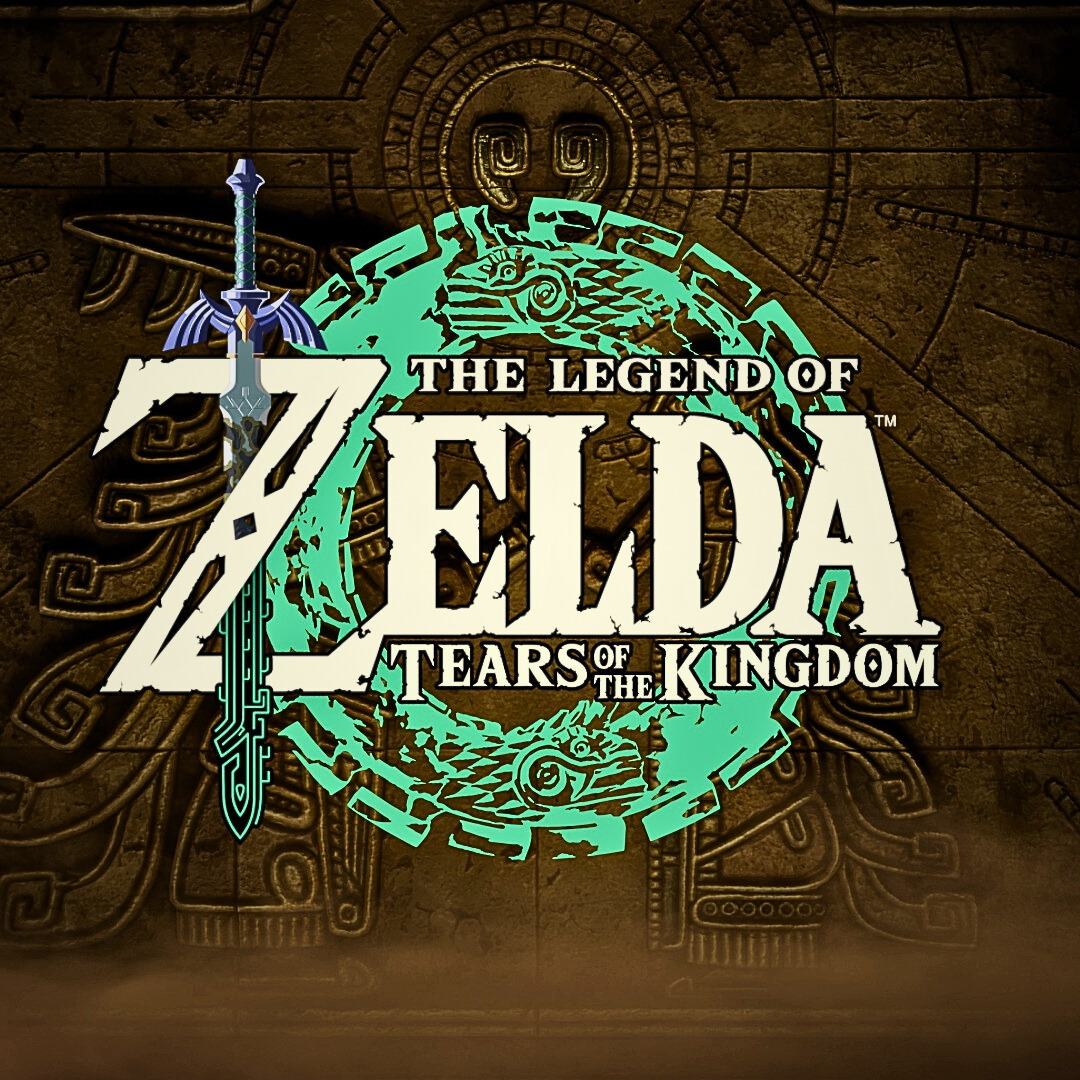
The Legend of Zelda
All trademarks belong to their respective owners.Popular Now
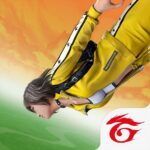 Free Fire
Free Fire
 EA SPORT FC 25
EA SPORT FC 25
 Garena Free Fire: Kalahari
Garena Free Fire: Kalahari
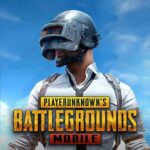 PUBG Mobile
PUBG Mobile
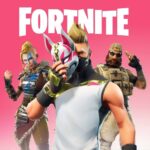 Fortnite
Fortnite
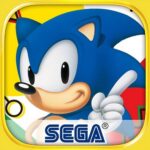 Sonic the Hedgehog™ Classic
Sonic the Hedgehog™ Classic
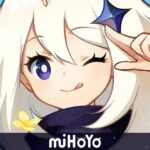 Genshin Impact
Genshin Impact
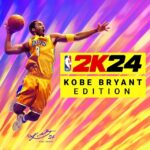 NBA 2K24
NBA 2K24
 BeamNG.drive
BeamNG.drive
 Valorant
Valorant
Echoes Through Time: The Intertwined Lore and Timeline of The Legend of Zelda
The rich tapestry of The Legend of Zelda’s lore is as enigmatic and captivating as Hyrule itself. For decades, fans have debated, analyzed, and meticulously pieced together the complex timeline that connects the seemingly disparate adventures of Link, Zelda, and Ganon. While Nintendo officially clarified the Zelda timeline in the Hyrule Historia and Creating a Champion books, its intricate branches and occasional ambiguities only add to the mystique, fostering a vibrant community of theorists and lore enthusiasts. This isn’t just about chronological order; it’s about understanding the cyclical nature of good versus evil, the recurring spirit of the hero, the sacred power of the princess, and the relentless curse of the Demon King. Delving into the lore and timeline of The Legend of Zelda reveals a universe far deeper than individual games suggest, a grand narrative woven across millennia, echoing with courage, wisdom, and power.
The Foundational Myth: Skyward Sword and the Birth of the Cycle
The earliest known events in the Zelda timeline are depicted in Skyward Sword, which establishes the core mythos and the eternal struggle.
- Hylia and Demise: In a world ravaged by the Demon King Demise, the goddess Hylia seals him away and raises the last remnants of humanity to a floating island, Skyloft. She then sacrifices her divinity to be reborn as a mortal, Zelda, destined to guide the hero.
- The First Link and Master Sword: The Link of Skyward Sword is the very first hero, chosen by Hylia to wield the nascent Master Sword (then the Goddess Sword) and defeat Demise.
- Demise’s Curse: Before his final defeat, Demise curses the bloodline of the hero and the goddess, vowing that an incarnation of his hatred will forever pursue them, thus establishing the cyclical return of Ganon (or his predecessors), Link, and Zelda. This curse forms the bedrock of the entire Zelda timeline.
- The Creation of Hyrule: After Demise’s defeat, the floating islands descend, forming the kingdom of Hyrule, and the Triforce (the sacred relic of Courage, Wisdom, and Power) becomes an integral part of the land’s destiny.
The Three Branches: A Timeline Divided
Following Ocarina of Time, the Zelda timeline famously splits into three distinct branches, based on the outcome of Link’s final battle with Ganon in that pivotal game.
- The Fallen Hero Timeline (Link is Defeated):
- Outcome: In this grim scenario, Link is defeated by Ganon in Ocarina of Time’s final battle. This leads to a darker future where Ganon triumphs and the world descends into chaos.
- Key Games:
- A Link to the Past: Ganon’s influence is pervasive, and a new Link emerges to fight him.
- Oracle of Seasons/Ages: Further adventures of a new Link in linked parallel worlds.
- Link’s Awakening: A direct continuation from A Link to the Past, where Link is shipwrecked.
- The Legend of Zelda (NES) & Zelda II: The Adventure of Link: These original NES games are placed at the very end of this timeline, depicting a fully established Hyrule haunted by Ganon’s lingering malice.
- The Child Era Timeline (Link Returns to the Past):
- Outcome: After defeating Ganon in Ocarina of Time, Link is sent back to his childhood to live out his missed years, warning Princess Zelda of Ganon’s future rise. This prevents Ganon’s reign of terror in that particular past.
- Key Games:
- Majora’s Mask: Directly follows Ocarina of Time’s Child Link, as he searches for Navi and stumbles upon Termina.
- Twilight Princess: Centuries later, a new Link emerges in a Hyrule where Ganon returns, having been previously imprisoned in the Twilight Realm due to events initiated by the Child Link’s warning.
- Four Swords Adventures: Further adventures involving Link and Ganon (Ganondorf), often seen as the last known event in this timeline.
- The Adult Era Timeline (Link Remains in the Future):
- Outcome: In this timeline, the Link who defeated Ganon in Ocarina of Time remains in the future (his adult form). With Link gone and Ganon’s return, the gods are forced to intervene by flooding Hyrule to seal Ganon away, leading to the Great Sea.
- Key Games:
- Wind Waker: Set on the Great Sea centuries after the flood, a new Link becomes a hero in a world of islands.
- Phantom Hourglass: A direct sequel to Wind Waker, continuing Link’s seafaring adventures.
- Spirit Tracks: Set even further in the future, where a new Hyrule has been founded on the flooded lands, now traversed by trains.
The Modern Era: Breath of the Wild and Tears of the Kingdom’s Place
The placement of Breath of the Wild and Tears of the Kingdom in the Zelda timeline is a topic of ongoing discussion and deliberate ambiguity by Nintendo.
- Breath of the Wild: Nintendo has stated that BotW is intentionally placed so far in the future that it could conceptually fit into any of the three branches. This allows the game to draw elements from across the entire Zelda history without being strictly beholden to a specific lineage. The vast, ruined Hyrule and references to past events (including the Great Calamity and ancient civilizations) hint at a long and complex history that could encompass all previous games.
- Tears of the Kingdom: Directly follows Breath of the Wild, continuing the story of Link and Zelda in the same Hyrule, but now with sky islands and chasms leading to the Depths. Its lore further explores the origins of Hyrule and its ancient inhabitants, the Zonai, adding new layers to the foundational myths while retaining its distant placement in the overall timeline.
The lore and timeline of The Legend of Zelda are a testament to the series’ deep storytelling and its ability to weave a continuous narrative across decades of games. It’s a grand saga of eternal struggles, recurring heroism, and the enduring spirit of Hyrule, inviting players not just to experience individual adventures but to connect with a mythic lineage that truly makes it The Legend of Zelda.
Which Zelda timeline branch do you find most compelling, and why?
Rating
PROS
- An immense, dual-layer overworld that redefines the exploration of Hyrule
- Inventive gameplay mechanics such as vehicle customization
- An engaging storyline that breathes new life into the series’ classic motifs
- A world design that respects player autonomy and encourages natural discovery
- Vast content that extends well beyond 100 hours of gameplay.
CONS
- The storytelling structure may feel sparse to some, with significant portions of the narrative occurring away from the main gameplay.